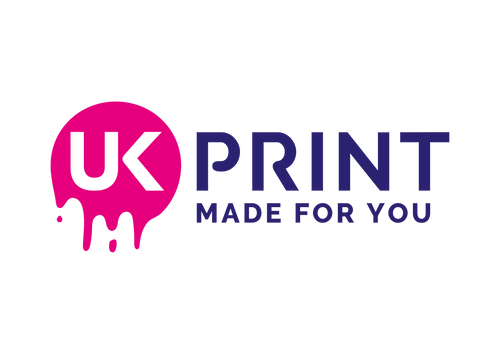Colour match & Colour variations
Colour Variations & Colour Management
Guidance for achieving consistent results across fabrics and substrates.
Colour variations
Colour variations from an identical image file should be expected across different fabrics and substrates.
Each fabric/substrate has a unique base tone and differs in light reflectivity, thickness, weight, opacity and weave. These factors influence both printed colour and perceived colour.
Lighting conditions (daylight vs tungsten vs LED) also change how colours appear.
We calibrate every printer for each fabric/substrate. However, when ordering the same graphic or colours across multiple material types and ink sets, consider selecting similar weaves and weights to help colours remain as brilliant and consistent as possible.
Occasionally, our team refines calibrations or upgrades machinery to improve precision. This can produce slight differences between two identical orders on the same fabric over time. If the work is colour‑critical and you plan to reorder later, we recommend requesting fresh fabric samples shortly before your larger print run.
Black vs Rich Black
| Use case | Recommended CMYK build | Why |
|---|---|---|
| Body text / fine lines | C0 M0 Y0 K100 |
K‑only keeps small text crisp and avoids registration issues. |
| Large solid areas | C60 M40 Y40 K100 |
Rich black gives deeper, more even coverage for big fills/backgrounds. |
Colour Match
Different products use different coatings and materials, which take on ink differently. If ordering more than one different product, we recommend opting for colour matching so they align visually.
- There is a charge, depending on the number of products and colours to match.
- This is not a quick process, so please allow extra time if you have a tight deadline.
If you choose not to colour‑match, you agree that items on different materials may vary in colour.
Pantones & Colour Profiles
For the editing stage, supplying images in RGB — specifically sRGB IEC61966‑2.1 — can preserve the widest range of colours. In your software, choose RGB as the working space and assign the sRGB profile. For print output, we will convert to our managed CMYK process for production.
Important: Pantone systems differ. “Pantone Coated/Uncoated” are litho/laser libraries and not designed for textiles; textile Pantone libraries are separate. We simulate Pantones in CMYK where possible, but exact matches are not guaranteed. If an exact Pantone is essential, contact us first so we can print sample charts for approval.
Monitors & Print
Only specialist graphics monitors under controlled lighting can closely reproduce print colours. Typical laptop/desktop displays look good but are not strictly accurate, and many vivid on‑screen colours sit outside printable gamut. For more background, compare additive (RGB) vs subtractive (CMYK) colour.
Continuity of Colour
For repeat orders, keep your colour space and profiles consistent. Uploading an RGB file for the first order and a CMYK version later will change how colours translate, resulting in visible differences.
Black and White
For the most neutral black & white output, upload a greyscale file.
Spot Colours, UV & Metallic Looks
We do not use true spot colours or UV spot metallics in textile dye‑sublimation, so exact metallic or gold effects aren’t possible. You can get close by selecting a fabric with a sheen (e.g., Duchess Satin) and using a textured pattern. As a rough guide, colours like #e3c157 (gold) and #d0d0d0 (metallic) may help, though results will be flatter than real metallic inks.
File Formats
You can upload PDF, PNG, JPG, and flattened TIFF files. Uploading unflattened TIFFs may cause unintended changes that aren’t visible in the online preview.
Sustainability
Our inks are water‑based. None of our fabrics or inks contain or use Azo dyestuffs. No contaminants enter the water course thanks to our eco‑friendly print process. Read more about Sustainability here.
